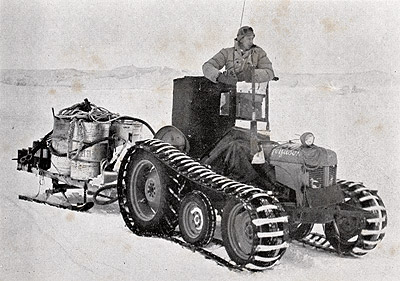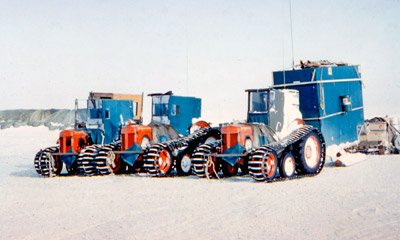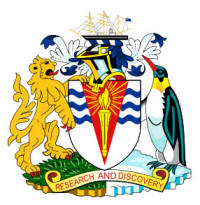 The
British in Antarctica
The
British in Antarctica
A History
and Activity of the United Kingdom in the Antarctic
The United Kingdom has one of the longest and most involved histories in Antarctica of any country. From the very earliest days of exploration, to the commercial activities of the sealing and whaling days. Britain also provides some of the most compelling stories from the Heroic Age 1898-1922, and was a leading light in the International Geophysical Year, IGY 1957-58, leading to the Antarctic Treaty.
Current activity
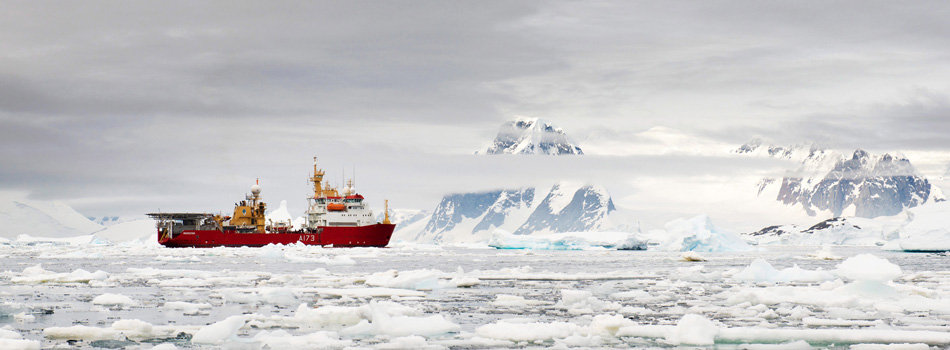
HMS Protector, Royal
Navy Ice Patrol vessel
British Antarctic Survey BAS - 1961 - present. Arising from the Falkland Islands Dependency Survey on the advent of the Antarctic Treaty in 1961. BAS exists to manage the United Kingdoms interest in Antarctica. There are a number of modern British scientific bases going back over 70 years which are currently at the forefront of modern research in Antarctica, and many now closed previous bases.
|
Research Station and position |
Summer staff | Winter staff | Occupied | Use |
|
Halley, Coats Land 75° 35' S, 26° 39' W |
70 | 16 | 1956 - present | Year round |
|
Rothera, Adelaide
Island 67° 34' S, 68 ° 08' W |
100 | 22 | 1975 - present | Year round |
|
King Edward Point Cumberland Bay, South Georgia 54° 17' S, 36° 30' W |
22 | 12 | 1909 - present, not continuous | Year round |
|
Bird Island, South
Georgia 54° 00' S, 38° 03 'W |
12 | 4 | 1957 - present, not continuous | Year round |
|
Signy, South Orkneys 60° 43' S, 45° 36' W |
8 | - | 1947 - present | Summer only |
|
Fossil Bluff, Alexander
Island 71°20' S, 68°17' W |
4 | - | 1961 - present, not continuous | Summer only, logistics facility |
|
Sky Blu, Ellsworth
Land 74° 51' S, 71° 34' W |
3 | - | 1995 - present, not continuous | Summer only, logistics facility |
There is a dedicated ice strengthened ship polar research ship, the RSS Sir David Attenborough for station supply, logistics and oceanographic research. Small aircraft, a Dash 7 and four Twin Otters are used to supply and support personnel away from bases in the field.
BAS headquarters is located in Cambridge, England, the annual budget is around £50 million.
website: https://www.bas.ac.uk/

Halley VI base - 2016,
picture -
Michal Krzysztofowicz - Antarctica366 project
Early explorations and sightings, pre 1898
 1774 - James
Cook - Resolution and Adventure
1774 - James
Cook - Resolution and Adventure
On the 31st of January Cook reached 71°10'S, he is the first to cross the Antarctic Circle and circumnavigates Antarctica, he doesn't sight land though deposits of rock seen in icebergs showed that a southern continent exists. Cook said: "I make bold to declare that the world will derive no benefit from it". Sealers soon made for another of his discoveries, South Georgia where they rapidly depleted the seal population.
 1819 - William
Smith - Williams
1819 - William
Smith - Williams
A merchant ship captain discovers the South Shetland Islands off the Antarctica Peninsula at 62°S while rounding Cape Horn, venturing further south to attempt to catch more favourable winds. His reports of large numbers of seals and whales led to an immediate exploitation with voyages by sealers starting later the same year to take advantage of the resources. In the 1820-1821 season 80,000 seals were taken from the South Shetlands alone.
 1820 - Edward
Bransfield and William Smith - Williams
1820 - Edward
Bransfield and William Smith - Williams
Following the sighting of the South Shetland Islands in 1819 by William Smith on the ship Williams, the Royal Navy chartered the same ship to investigate the area further the following year with Smith on board acting as ship's pilot and captained by Royal Naval hydrographer, Irishman Edward Bransfield. They re-visit and circumnavigate the South Shetlands and then on the 30th of January sight the Antarctic Peninsula. Who first saw the peninsula and so the continent of Antarctica is not agreed, this is one of the strong contenders for the title.
 1821 - Men
from the sealing ship Lord Melville
1821 - Men
from the sealing ship Lord Melville
First wintering party in Antarctica. An officer and ten men spend an involuntary winter on King George Island in the South Shetlands. The ship had been driven offshore and did not return to pick them up again. They were rescued the following summer.
 1823 - James
Weddell - Jane and Beaufoy
1823 - James
Weddell - Jane and Beaufoy
British sealer James Weddell discovers the sea now named after him to the east of the Antarctic Peninsula and reaches the then most southerly point at that time 74° 15' S towards the end of a sealing voyage during an unusually mild and calm season. No one else manages to penetrate the Weddell sea again for 80 years.

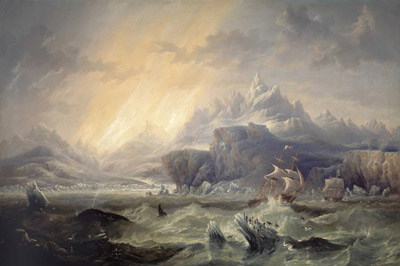 1841-1842 - James Clark Ross - Erebus and Terror
1841-1842 - James Clark Ross - Erebus and Terror
Ross circumnavigates Antarctica reaching a furthest south of 78°11' he named the Ross Sea and Mount Erebus and Terror amongst many other features, the latter after his ships.
"Few people of the present day are capable of rightly
appreciating this heroic deed, this brilliant proof of human
courage and energy. With two ponderous craft - regular "tubs"
according to our ideas - these men sailed right into the
heart of the pack, which all previous explorers had regarded
as certain death ... These men were heroes - heroes in the
highest sense of the word."
Roald Amundsen describing
the voyage of Ross
Heroic Age Expeditions 1898-1922
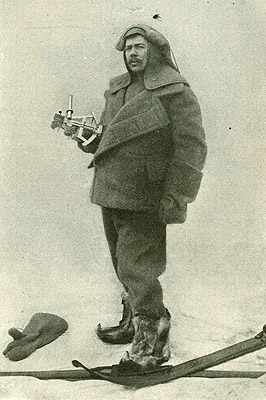

![]() 1898-1900 - Borchgrevink - Southern Cross
- British
Antarctic Expedition
1898-1900 - Borchgrevink - Southern Cross
- British
Antarctic Expedition
A British expedition though led by a Norwegian and largely Norwegian crewed. Landed men at Cape Adare in the Ross Sea and built huts. This was the first time that anyone had wintered on the Antarctic landmass. Believed by some historians to be the first confirmed landing on continental Antarctica.
Borchgrevinck's descriptions of the weather conditions during winter at Cape Adare were thought to be exaggerated until Scott's Northern Party wintered there in 1911 after which they were thought to somewhat understate the situation.
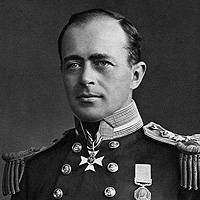
 1901-04 - Scott - Discovery -
The British
National Antarctic Expedition
1901-04 - Scott - Discovery -
The British
National Antarctic Expedition
Scott's first Antarctic expedition to try to reach the South Pole in the purpose built ship, Discovery. Along with Ernest Shackleton and Edward Wilson, Scott was forced to turn back after a trek of two months having reached 82° south, 480 miles from the Pole, suffering from snow blindness and scurvy. Much exploratory and scientific work was also completed.
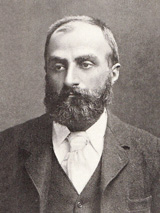
 1902-04 - Bruce - Scotia -
Scottish National
Antarctic Expedition
1902-04 - Bruce - Scotia -
Scottish National
Antarctic Expedition
An almost purely scientific expedition with no grand plans of exploration or reaching new geographical goals. Bruce and his party sailed into the Weddell Sea and became stuck in the ice blissfully unaware of the dangers of the ship being crushed, they were released unscathed. They wintered on Laurie Island in the South Orkneys group. For the second winter three Argentinians were brought in from Buenos Aires being relieved by the Argentinians after the Scotia had sailed for home, the beginning of a continuous Argentinian presence that extends to the present.
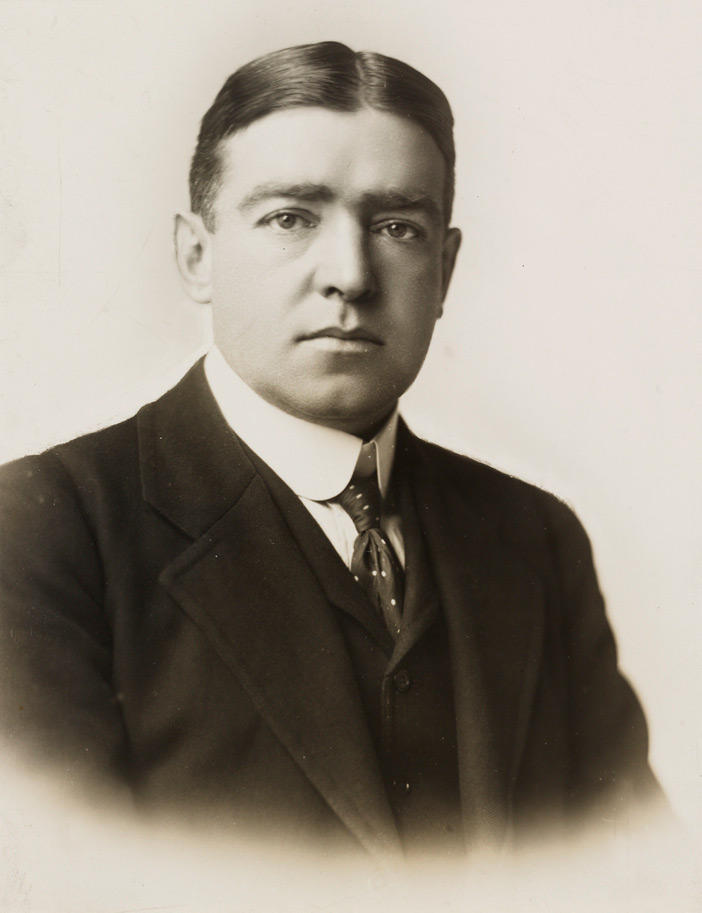
 1907-09 - Shackleton - Nimrod -
British Antarctic
Expedition
1907-09 - Shackleton - Nimrod -
British Antarctic
Expedition
Ernest Shackleton's second expedition to the Antarctic and the first one as leader. Amongst the scientific and exploratory goals were attempts on the South Pole and the South Magnetic Pole. In attempting to reach the South Pole, a group of four including Shackleton came within 97 miles at 88°23'S when they turned back, had they continued, they would have probably reached the pole, though would have been unlikely to return alive. The Southern Magnetic Pole was reached by Edgeworth David, Mackay and Mawson.
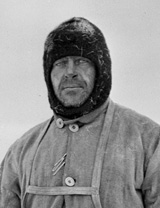
 1910-13 - Scott - Terra Nova -
British
Antarctic Expedition
1910-13 - Scott - Terra Nova -
British
Antarctic Expedition
Scott's last expedition and the one that cemented the heroic failure of "Scott of the Antarctic" as a historical figure. Scott's fame led to 8,000 volunteers from all over the world wanting to go with him. The expedition had a wide and varied scientific programme and also a goal of reaching the South Pole. Scott thought his attempt on the pole would be the only one when he was planning it, finding out later that the Norwegian Amundsen was planning his own attempt at the same time causing talk of a "race to the pole" that Scott had never intended. Scott and four others reached the pole on the 18th of January 1912 to find they had been beaten a month earlier by Amundsen. The whole party died on the way back to base camp at the end of March 1912, their bodies weren't discovered until November that year.
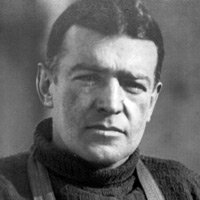
 1914-17 - Shackleton - Endurance
- British
Trans-Antarctica Expedition
1914-17 - Shackleton - Endurance
- British
Trans-Antarctica Expedition
The South Pole having been already reached , Shackleton planned to cross the Antarctic continent from coast to coast via the pole. His was another greatly over-subscribed expedition. The expedition came no-where near achieving its aims with the ship, the Endurance being sunk before even reaching its first landfall at the edge of the Weddell Sea. The story remains one of the most incredible adventures of all time with all members of the ships crew brought safely home by Shackleton against a whole range of unfavourable odds.
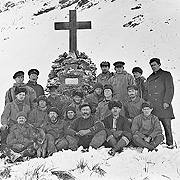
 1921-22 - Shackleton - Quest
-
Shackleton - Rowett Expedition
1921-22 - Shackleton - Quest
-
Shackleton - Rowett Expedition
Shackleton's last expedition, originally planned to be to the Arctic and changed to the Antarctic due to delays, an ambitious range of activities were planned. Again many thousands of applicants, Shackleton was very famous by now, 8 of the crew were old shipmates from the Endurance. After more delays the expedition arrived at South Georgia where on the 4th of January 1922 Shackleton died of a heart attack at the age of 48. Thus the Heroic Age of Antarctic exploration came to an end.
Exploration Scientific Bases and Research after 1922
 1925-1951 - Discovery Investigations
1925-1951 - Discovery Investigations
A series of oceanographic voyages in the Antarctic Ocean funded by taxes on the whaling industry by the RRS Discovery, the ship built for Scott's 1904-1907 expedition and later, the Discovery II another purpose built ship though this time, steel hulled and stronger. Initially the purpose was to find what was needed to preserve the whaling industry by charting inshore regions and by carrying out ship and land-based investigations into whale biology. In January 1925 Discovery House was established at King Edward Point, South Georgia to accommodate scientists working on the whale carcasses that were being processed in the whaling station of Grytiven that was nearby. The findings over the period were published in an extensive though irregular series of Discovery Reports, the Discovery Investigations became part of the Institute of Oceanography in 1951.
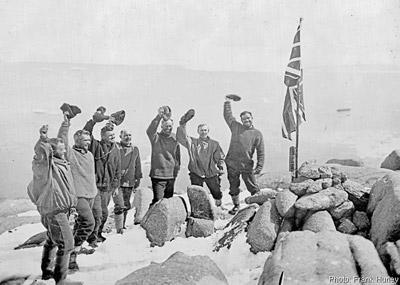
![]()
![]()
![]() 1929-31
- British, Australian and New Zealand Antarctic Research Expedition
- BANZARE
1929-31
- British, Australian and New Zealand Antarctic Research Expedition
- BANZARE
The French had in 1924 laid claim to Terre Adelie or Adelie Land in the sector directly south of Australia. What became popularly known as BANZARE was an attempt by (now Sir) Douglas Mawson and others in Australia to encourage the government to file a similar claim. After a meeting in London, a joint expedition was proposed, partially privately funded, it used the RRS Discovery and had a small floatplane. The expedition didn't overwinter in Antarctica but consisted of two summer cruises in 1929-30 and 1930-31, surveying and mapping by ship and from the air. Land was claimed as British territory. It led to the establishment of the Australian Antarctic Territory.
 1934-1937 - British Graham Land Expedition
1934-1937 - British Graham Land Expedition
A small low budget expedition in a 130 ton schooner, the Penola. A very successful expedition that explored Graham Land at the tip of the Antarctic Peninsula using ships, a small aircraft and sled dogs. Mainly famous to my mind though for the invention of the string vest.
 1943-1945 - Operation Tabarin
1943-1945 - Operation Tabarin
A secret Royal Navy wartime operation intended to stop enemy ships using Antarctic waters. With little else to do while waiting around much biological, geological and meteorological data was gathered. At the end of the war responsibility for Operation Tabarin was transferred from the admiralty to the Colonial Office and became the Falkland Islands Dependency Survey.
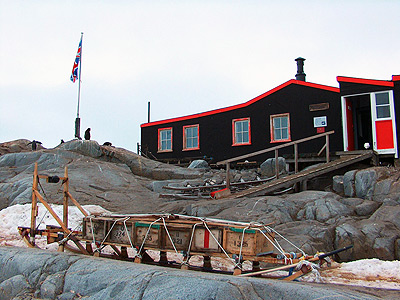
 1945-1961 - Falkland Islands Dependency Survey - FIDS
1945-1961 - Falkland Islands Dependency Survey - FIDS
An ongoing British expedition to occupy, administer and survey the sector of Antarctica including the peninsula claimed by Britain. A continuation of the wartime Operation Tabarin, bases were given a name and a code letter. Base A was at Port Lockroy on the west side of the Antarctic Peninsula, it was actually the second base to be established, the first was base B at Deception Island in the South Shetlands established on the way to what would be base A (picture right). In 1961 FIDS became the British Antarctic Survey (BAS) which continues to this day.
![]()

![]() 1949-1952
- Norwegian-British-Swedish Antarctic Expedition
1949-1952
- Norwegian-British-Swedish Antarctic Expedition
A Swedish led two year long expedition to Dronning Maud Land, an area that had only previously been photographed from the air and not explored on the ground. An overwintering team of 15 supported by 60 sled dogs and 3 weasels (tracked vehicles for travel over snow) pursued a programme of exploration and surveying along the coast and deep inland. Seismic surveys showed for the first time the complex mountainous terrain that lay beneath the covering of ice.
![]()
![]()
![]()
![]() 1955-1958
- Commonwealth Trans-Antarctic Expedition
1955-1958
- Commonwealth Trans-Antarctic Expedition
Funded by the governments of Britain, Australia, New Zealand
and South Africa, this was an attempt to do what Shackleton
had set out to do in 1914, to cross the Antarctic Continent
from sea to sea via the South Pole. Led by the British Vivian
Fuchs from the Weddell Sea and New Zealander Edmund Hilary from
the Ross Sea. Hilary arrived at the Pole on the 4th of January
1958, Fuchs on the 19th, they both reached the Ross Sea again
on the 2nd of March.
videos of the expedition
 1957 - 1958 - International Geophysical Year (IGY)
1957 - 1958 - International Geophysical Year (IGY)
Britain was one of the leading nations in this international event that was pivotal in establishing Antarctica as a continent for peace and science leading to the signing of the Antarctic Treaty in 1961. The still fully functional Halley Research Station was established on the Brunt Ice Shelf in 1956 in preparation for the IGY.
Territorial Claims
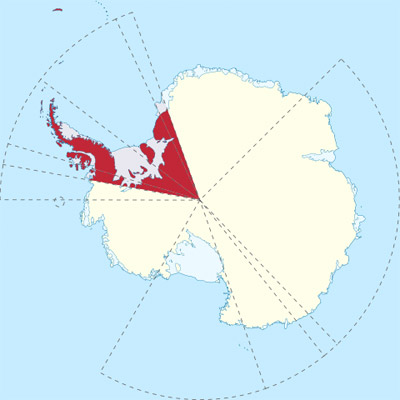 There
is a historical claim by the UK dating back to 1908 of that
area of Antarctica between 20°W and 80°W and stretching
as far north as 60°S.
There
is a historical claim by the UK dating back to 1908 of that
area of Antarctica between 20°W and 80°W and stretching
as far north as 60°S.The UK is one of seven nations that made a claim to land in Antarctica before the Antarctic Treaty of 1961, these being Argentina, Chile, the United Kingdom, France, Australia, New Zealand and Norway. The UK, France, Australia, New Zealand and Norway all recognize each other's claims, these are non-overlapping. The UK claim wholly includes the Argentinian claim and includes about half of the Chilean claim.
The Antarctic Treaty, Article IV § 2 states: "No acts or activities taking place while the present Treaty is in force shall constitute a basis for asserting, supporting or denying a claim to territorial sovereignty in Antarctica. No new claim, or enlargement of an existing claim, to territorial sovereignty shall be asserted while the present Treaty is in force".
So the Antarctic Treaty does not suspend or defer existing claims, though it does state that:
- No activities occurring after 1961 can be the basis of a territorial claim.
- No new claim can be made.
- No claim can be enlarged.
Territorial claims have been effectively suspended since 1961.
Image credits: top banner, Vicki Benwell - HMS Protector in Antarctica, used under Open Government Licence version 1.0 / claim map used courtesy TUBS, license via Wikimedia Commons /

